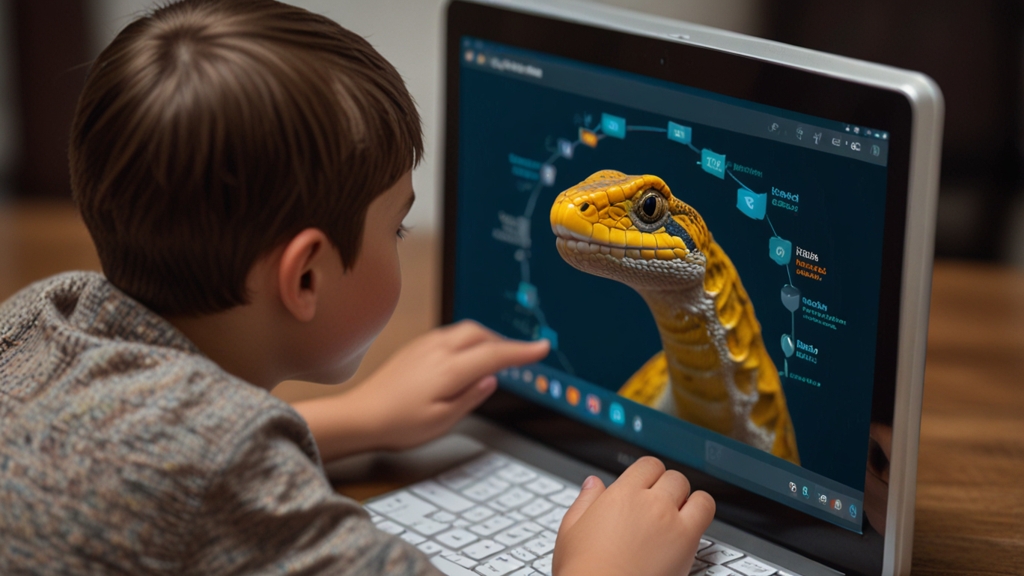The Road to Mindfulness: Your Step-by-Step Guide
Mindfulness is a journey, not a destination. The practice of being present and fully engaged with whatever we’re doing in the moment, free from distraction or judgment, is something that has gained substantial attention in recent years. If you’ve been curious about how to inject mindfulness into your daily life, this step-by-step guide is here to help you take those first crucial steps.
Step 1: Understanding Mindfulness
Before diving into the practice, it’s essential to understand what mindfulness is. Mindfulness involves paying attention to our thoughts, feelings, bodily sensations, and surrounding environment with an open and non-judgmental perspective. It is drawn from Buddhist meditation traditions but has been adapted to suit modern-day practices, including therapy and workplace settings.
"Mindfulness means being awake. It means knowing what you are doing." — Jon Kabat-Zinn
Step 2: Setting Your Intention
Like any journey, your path to mindfulness should start with a clear intention. Ask yourself why you want to practice mindfulness. Are you looking to reduce stress? Improve your focus? Cultivate a greater sense of well-being? Setting a clear intention will help guide and sustain your practice.
Step 3: Begin with Breathing
The breath is a powerful tool in mindfulness practice. Begin by focusing on your breathing, observing the sensations as air enters and exits your nostrils. Don’t try to change your breathing; simply notice it. Start with a few minutes each day and gradually extend the time as it becomes more comfortable. This simple act of focusing on the breath can anchor your awareness in the present moment.
Step 4: Body Scan Meditation
Body scan meditation involves paying close attention to physical sensations in your body. Starting from your toes and moving up to your head, focus on each part of your body. Notice any tension, relaxation, pain, or other sensations. This practice helps in cultivating a deeper connection to your body and can be particularly useful for releasing physical tension.
Step 5: Incorporate Mindfulness into Daily Activities
Mindfulness doesn’t have to be confined to formal meditation sessions. It can be integrated into daily activities like eating, walking, or even washing dishes. For instance, when eating, take the time to really taste your food, noticing its texture, flavor, and color. When walking, feel the ground beneath your feet and the rhythm of your steps. These mindful moments transform ordinary activities into opportunities for presence and connection.
"Walk as if you are kissing the Earth with your feet." — Thích Nhất Hạnh
Step 6: Developing a Routine
Consistency is key to making mindfulness a part of your life. Create a regular practice schedule that fits into your daily routine. It could be a few minutes of mindful breathing in the morning, a body scan in the afternoon, and mindful reflection at night. The goal is to make mindfulness a habit, so it becomes second nature.
Step 7: Be Kind to Yourself
Mindfulness is not about achieving a perfect state of perpetual calm. It’s about observing each moment as it is, without harsh judgment. If you find your mind wandering, gently bring it back to the present moment. Practice self-compassion and remember that setbacks are a natural part of the mindfulness journey.
Conclusion: The Ongoing Journey
The road to mindfulness is an ongoing journey that evolves over time. By gradually incorporating these steps into your daily routine, you can cultivate a deeper sense of presence and well-being. Remember, mindfulness is about being, not doing. Allow yourself the time and space to fully engage with the practice, and you’ll discover the transformative power of living in the moment.
"The present moment is filled with joy and happiness. If you are attentive, you will see it." — Thích Nhất Hạnh







